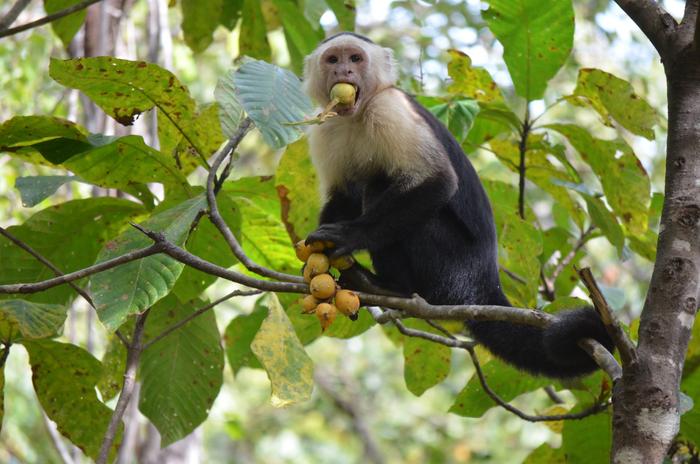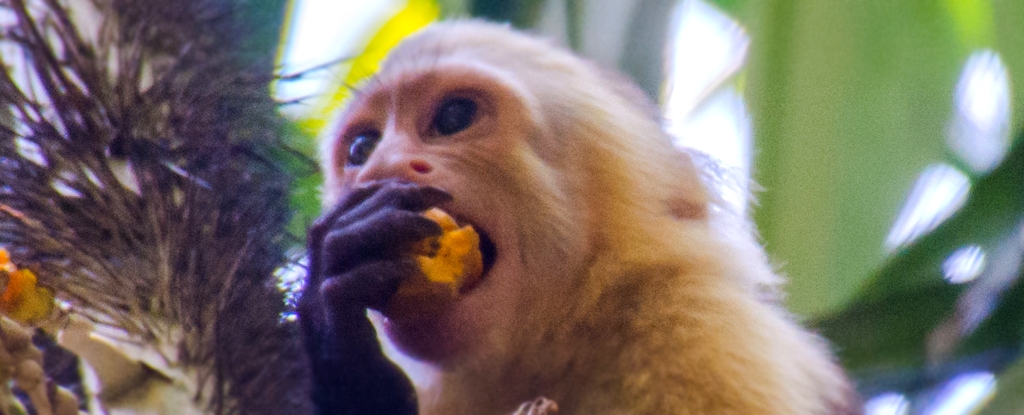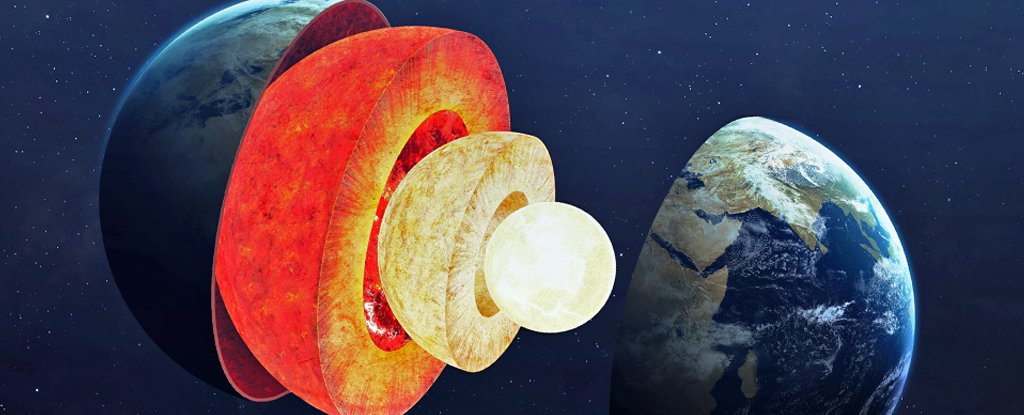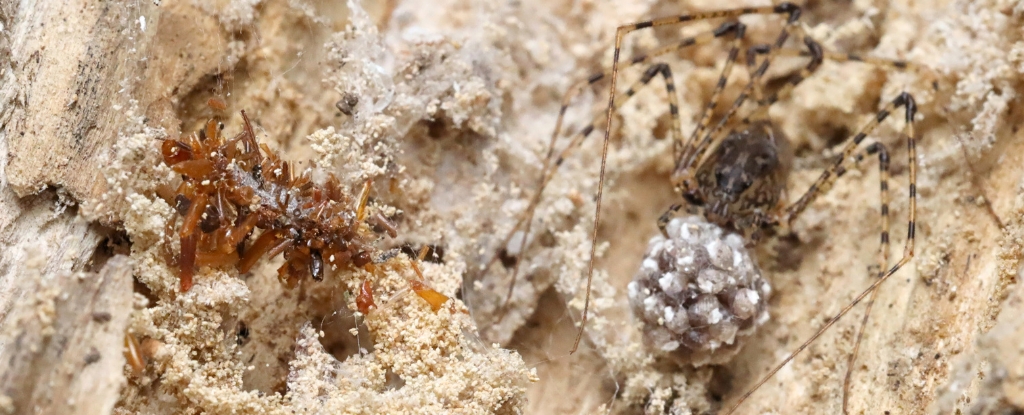Animals that eat fruits will inevitably consume some that are a little past ripe, and a little more boozy – but for too long we have assumed this is rare and accidental, a team of ecologists argues in a new report.
Most alcohols are toxic, but some animals (including us humans) are able to metabolize low doses of ethanol, a molecule produced by yeast (Saccharomyces cerevisiae) as it digests plant materials.
“[Ethanol is] much more abundant in the natural world than we previously thought, and most animals that eat sugary fruits are going to be exposed to some level,” says behavioral ecologist Kimberley Hockings of the University of Exeter.
“We’re moving away from this anthropocentric view that ethanol is just something that humans use.”
By studying 100 existing sources on the topic, the team found a complex web of evolution surrounding the advent of ethanol on Earth. This alcohol emerged in abundance about 100 million years ago, as yeast found a way to ferment the nectar and fruits of Earth’s first flowering plants.
From this initial ecological interaction sprouted an evolutionary chain of events involving plants, yeast, bacteria, insects, and mammals.
Since ethanol occurs naturally in almost every ecosystem on Earth, Hockings and colleagues propose, animals that eat fruits and nectar – from which this alcoholic molecule emerges – are probably consuming it on a regular basis.
That makes more sense when you consider that ethanol’s presence is a sign that a food has a high sugar content, and is therefore rich in energy.
“After plants evolved sugar-rich fruits, saps, and nectars and yeast developed ethanol production to defend these resources, some animals might have acquired greater metabolic efficiency toward ethanol to enable the consumption of ethanol-containing foods,” the authors write.
It certainly lends some credibility to the so-called drunken monkey hypothesis: that humans’ love of alcohol was inherited from primate ancestors choosing ethanol-laced fruit for its greater nutritional value.
“On the cognitive side, ideas have been put forward that ethanol can trigger the endorphin and dopamine system, which leads to feelings of relaxation that could have benefits in terms of sociality,” says behavioral ecologist and first author Anna Bowland of the University of Exeter.
“To test that, we’d really need to know if ethanol is producing a physiological response in the wild.”

On the other hand, there’s some obvious downsides to consuming too much of the stuff, which has serious consequences for animals in the wild.
“From an ecological perspective, it is not advantageous to be inebriated as you’re climbing around in the trees or surrounded by predators at night—that’s a recipe for not having your genes passed on,” says molecular ecologist Matthew Carrigan of the College of Central Florida.
“It’s the opposite of humans who want to get intoxicated but don’t really want the calories – from the non-human perspective, the animals want the calories but not the inebriation.”
This could be why particular mammals and birds that rely on fruit and nectar for food have adapted to efficiently metabolize ethanol.
Humans, chimpanzees, and gorillas can produce a particular enzyme, A294V, sprung from a single amino acid change in our shared ancestor’s DNA code about 10 million years ago, which confers these primates a particularly high ethanol tolerance.
For better or worse, it seems ethanol consumption is woven into the evolutionary history of many animals, including ourselves.
This research is published in Trends in Ecology & Evolution.





